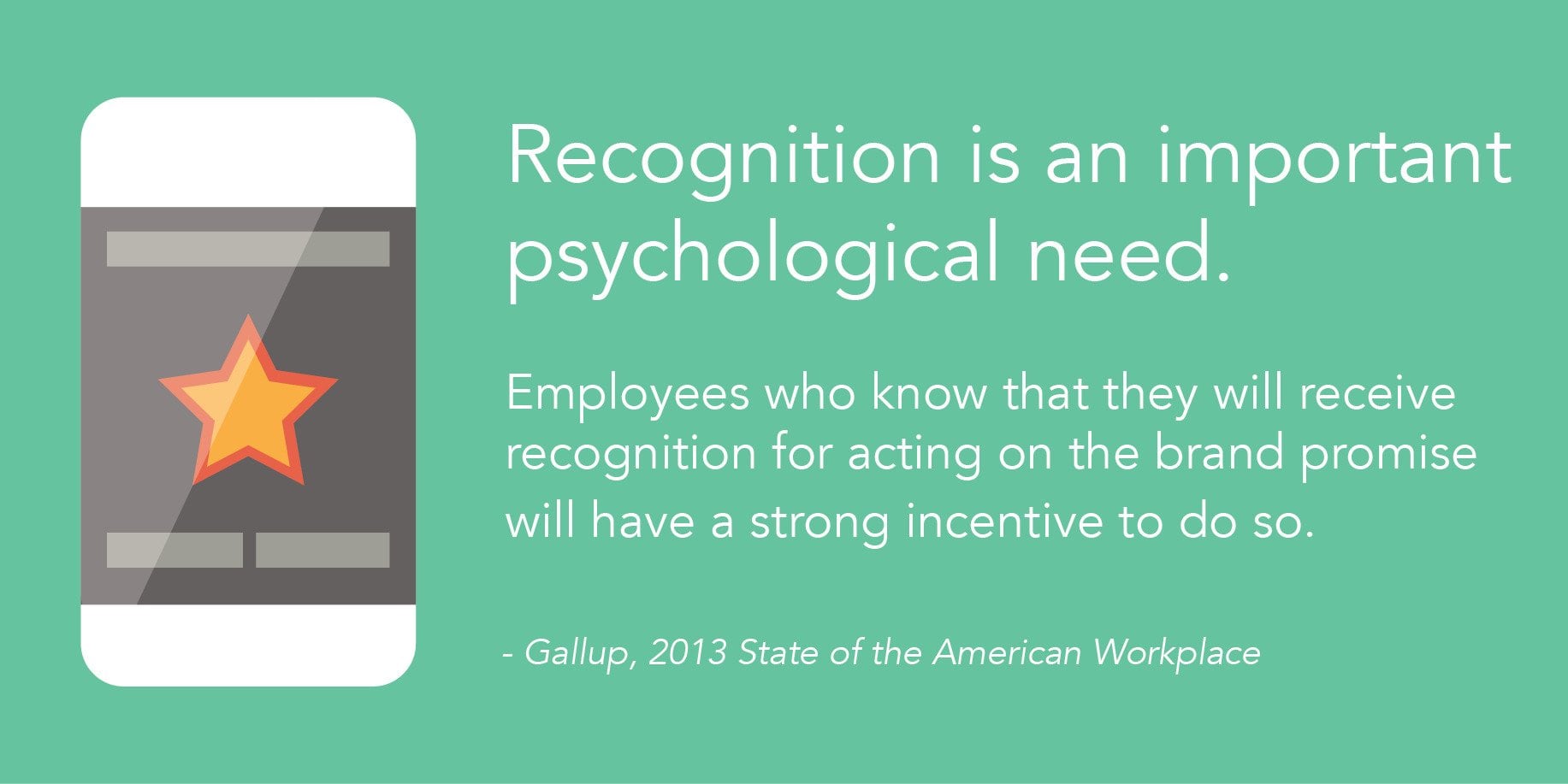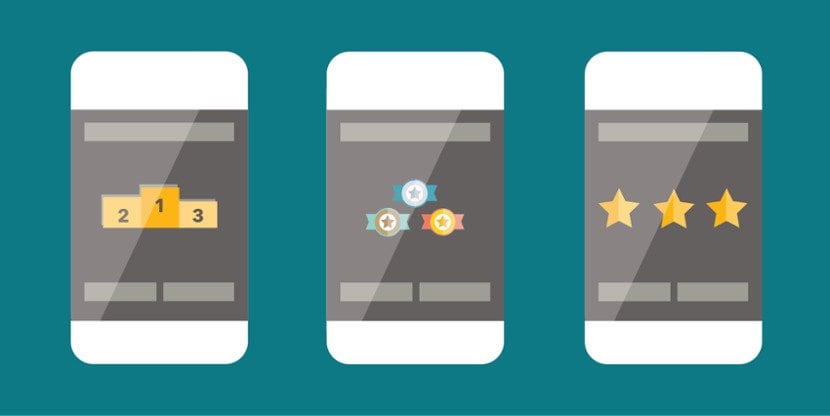Looking to retain your staff, increase revenue, and drive memorable customer and guest experiences? While there are many resources and technologies you can invest in that may provide a competitive edge, there is one resource that is infinitely valuable and often overlooked: your employees.
Investing in your employee experience to improve employee engagement can have a huge impact on the business outcomes that make or break frontline industries. For one, Forrester’s Employee Experience Index shows that 94% of the most engaged employees plan to stay with their employers for the next year. As virtually every frontline industry battles ongoing staffing issues, these numbers making investing in employee experience and employee engagement a no-brainer. In fact, according to The Deskless Report, 65% of leaders plan to invest more energy or budget into employee experience in the coming year – which means organizations that don’t start to invest more in employee engagement will quickly lag behind.
Have we convinced you to take a look at your frontline employee engagement tactics? Let’s start with a little inspiration: here are great examples of deskless and frontline companies with high employee engagement who are reaping the benefits of engagement, team performance, and customer satisfaction.
1. Arby’s
Arby’s is a company known for having great employee engagement and satisfaction. Even in tough situations, Arby’s looks to its employees for help. During a troubling time for Arby’s, CEO, Paul Brown, turned to his teams working in restaurants to find out what they would do to save the company.
By doing so, Arby’s gained a better understanding and perspective on the frontline experience and empowered their employees in the process. As a result, Brown made changes to improve the customer experience.
Arby’s continues to empower their teams and focus on the employee experience through various initiatives. Most recently, they introduced the Arby’s Brand Champ program, which aims to teach their teams how to engage more effectively with customers and to “better value and support Arby’s employees.” Since launching the program, they have communicated to over 70,000 employees that if they “take the time to understand Arby’s goals, Arby’s will try to understand theirs as well”. Arby’s is going above and beyond when it comes to the employee experience, ensuring that their employees are not only successful at work but also have the resources and guidance to achieve their dreams – whether they are related to further education or career development.
2. Best Buy
Best Buy has always been ahead of the curve when it comes to the in-store experience and employee engagement. On Nudge’s podcast, Field Trip, Ron Tite of The Tite Group talked about how Best Buy “empowers their frontline staff to act in a way that reaffirms the values of the organization.”
He explains that Best Buy enables this empowerment by communicating to employees that “[…] the only thing you need to know is to be amazing. Whatever you think that requires for our customers – we trust you”. Empowering the workforce as Best Buy does creates better employee morale and, as a result, a better customer experience.
Best Buy is also very effective at engaging their employees in idea sourcing. They recently opened their “Experience Store” in Montreal to create a more interactive shopper experience, where people can test out the latest technology, from VR to drones or new video game systems. The concept for the new store came from sourcing employee and customer insights and ideas. For Best Buy, listening to their employees and customers ultimately allows them to move with retail market trends more effectively.
3. B.GOOD
Health food outlet B.GOOD Restaurants is a great example of a brand that is effectively engaging their employees to improve customer loyalty. In an interview with Loyalty360, B.GOOD CMO, Kim Cerato, states that “a subpar in-store experience will cancel out even the most expensive of customer acquisition campaigns”. B.GOOD put their words into action when they involved their staff in their rebranding efforts and focused on training their teams to engage in customer interactions more effectively.
Cerato also spoke on how cultivating a strong culture has been crucial to B.GOOD’s success. In 2015, B.GOOD created an ordering app for customers to use in store. When co-founder Jon Olinto told employees that their pictures would be on the landing pages of the app, employees reportedly “reacted to the news with huge smiles and infectious chatter”. Showing employees that they are valued makes your employees feel like they’re a part of the bigger picture, which pays dividends in loyalty and hard work.
4. The Cheesecake Factory
As the only restaurant on Fortune’s 100 Best Companies to Work For in 2018, the Cheesecake Factory knows what it’s doing. In fact, they’ve been on this list every year since 2014. A big reason is that, with menus over 250 items long and a penchant for consistency across its over 220 locations, the Cheesecake Factory is known for its high quality and continually updated training programs.
The focus on employee engagement goes all the way to the top; CEO David Overton cites training and recognition as top priorities within the organization, a key reason why he has a 93% approval rating among employees. The Cheesecake Factory recognizes its frontline associates’ great performance through its Wow Stories initiative, which circulates stories of great service across the entire company, boosting morale and spreading best practices.
5. Golf Town
Recognized as one of Canada’s 50 most engaged workplaces, Golf Town works hard to improve employee engagement and the associate experience across their stores. In the past year, they’ve collaborated with their store managers and associates to rebuild their core values: team, winning, adaptation, and authenticity. One of their most recent efforts to improve staff engagement was implementing Nudge into Golf Town locations across the country.
Using Nudge’s digital communication platform, Golf Town improved communication between upper management and frontline workers and increased engagement on in-store initiatives, such as events, promotions, and new offers. Within five days of launch, Golf Town achieved 78% adoption across their entire frontline workforce and have been able to achieve a 75% response rate using the Nudge app.
“Nudge is a game changer for the retail landscape, and has done amazing wonders for our teams who are highly engaged and have a place to share their voice, enabling us to better communicate with our frontline like never before,” says Golf Town president, Chad McKinnon. “It’s played a big role in helping us shift the culture and elevating the associate’s connection to their team, company and our brand.”
6. Home Depot
Recognized as one of Canada’s top employers for young people in three of the past four years, Home Depot has been committed to providing a great workplace for its associates. They care about making their associates feel part of the Home Depot family by trusting and supporting their frontline associates in many ways. Firstly, they give their staff the autonomy to give discounts up to $50 on any item in the store, for any reason they deem reasonable. Their staff are experts in the industry, and they treat them like such.
Secondly, Home Depot supports their staff to achieve their personal goals in many ways. Through Team Depot, their associate-led volunteer program, associates are able to work with local organizations to give back to their communities. Home Depot also offers support for associates in financial emergencies through the Home Fund, tuition reimbursement for associates pursuing higher education, and support for veteran and active-duty associates.
7. Hyatt
Hyatt’s choice to focus on empathy over perfection put them on an unconventional path towards success in the hospitality industry. Mark Hoplamazian, Hyatt’s CEO, was quoted in a Fortune interview saying that the key to Hyatt’s success is “making sure that we are connected to the emotional experience that our colleagues and guests are experiencing and then designing their experience so that it is fulfilling for them.”
Instead of using a script when speaking to guests, Hyatt staff are free to be themselves during guest interactions. This creates a more authentic customer experience and encourages employees to establish an emotional connection with guests.
Hyatt not only utilizes empathy to create a better customer experience but also to create a better employee experience. Implementing the Housekeeping Flextime Program is a perfect example, where housekeepers have the option of leaving if they get their work done early, or to clean additional rooms to make extra money. Another benefit includes the Family Assistance Leave, which offers a minimum of 8 weeks paid leave to primary caregivers.
8. Nordstrom
Nordstrom is so famous for its world-class customer service that there have literally been books written about it. Those great customer experiences that they provide can be traced directly back to their amazing employee experience – they’ve been ranked one of the Top 100 Places to Work for 21 years. Take their somewhat mythical employee handbook which allegedly reads, in its entirety, “Rule #1: Use the best judgment in all situations. There will be no additional rules. Please feel free to ask your department manager, store manager, or division general manager any question at any time.”
While it’s been revealed that this isn’t Nordstrom’s only rule for employees, they do take it seriously. Trusting their associates and giving them the autonomy to handle situations how they see fit creates a strong and positive relationship between staff and the company. This leads to high levels of employee engagement and a real desire for frontline associates to succeed and perform well in their roles.
How does Nordstrom ensure that their associates have good judgment? They hire and train according to their culture, sticking to their core values of trust, respect, communication, loyalty, empathy, and humility. They look for associates that display these characteristics and train all employees (including managers) to uphold them, making for a great work environment.
9. Patagonia
From providing on-site child care, to their policy that employees must surf when the waves are good (yes, even during work hours) – Patagonia understands that accommodating your employees’ needs and passions is the best way to create a great employee experience. While employee accommodation helps foster productivity and improved morale, the best employee motivator is instilling trust.
Patagonia’s founder, Yvon Chouinard’s key to a happy and productive workforce is to “hire the people you trust, who are passionate about their job, passionate about what they’re doing. Just leave them alone, and they’ll get the job done.” Granting autonomy and independence to the right type of workers allows for a better work environment and, in turn, happier employees.
Patagonia’s deep care for the environment has also led them to provide support for any of their employees who want to learn about the environment. One way that they do this is by funding up to 2 months of internship programs for any environmental non-profit.
10. REI
This sporting goods co-op consistently ranked in the top 10 companies for employee engagement, with some of the most passionate and happy employees out there. An REI Employee Engagement Index reports that 92% of employees go beyond what is required to help REI succeed and that only 18% of employees were seriously considering leaving REI at that time.
One of REI’s biggest efforts to improve the employee experience is through their “company campfire”. This initiative was launched to improve two-way communication between upper management and store clerks. REI also supports its employees by offering various efforts and benefits. Employees get an additional two days off per year to “go outside and get inspired,” as well as the third day off when REI closes all of its stores on Black Friday for their employees.
11. Sephora
Sephora has mastered employee experience by focusing on three key aspects: training, technology, and development. All cast members (their internal name for frontline staff) start with training on the three main product categories (perfume, makeup, and skincare) starting on day one, and continually get retrained on new products, techniques, and trends. Sephora is so committed to training that they even developed Sephora University with three locations globally, offering training to the frontline and corporate employees alike.
In addition to making their cast members industry experts, Sephora provides them the most cutting edge technology to use in store. From ColorIQ (their digital shade finder) to handheld registers, cast members are using world-class tech as often as they use a makeup brush, which makes their jobs easier and more enjoyable. This is key, especially when you consider that 93% of Millennials consider up-to-date technology as one of the most important aspects of their workplace.
Finally, Sephora prides itself on providing mobility for its cast members; whether that’s between positions, stores, departments, or even countries! One cast member has even grown from a Beauty Advisor to becoming the General Manager of France through Sephora’s commitment to growing, training and developing their top talent.
12. Southwest Airlines
Southwest Airlines has received top ratings for customer experience out of 9 of the top airlines. Their secret? Putting their employees before customers and shareholders. In a company blog post about culture, Southwest Airlines stated that “we believe that if we treat our employees right, they will treat our customers right, and in turn that results in increased business and profits that make everyone happy.”
A great example of when they put their employees first was in 2016 when Southwest announced their new employee uniforms. They asked 48 crew members to help design the uniforms, ensuring that Southwest employees would be proud to wear it to work. Placing priority on a lighthearted and friendly culture, Southwest also encourages flight attendants to add humor to their announcements. See for yourself – Southwest employees aren’t afraid to have some fun on the job, and that certainly pays off in terms of the customer experience.
13. Starbucks
Starbucks is a great example of a brand that understands the value their employees bring to the business, whether it’s putting a smile on someone’s face, or building long-term customer loyalty. Starbucks’ focus on its employees has not gone unnoticed. In fact, 87% of customers’ affinity towards Starbucks is driven by how the company treats its employees.
Since day one, they’ve focused on putting employee-friendly policies in place. For example, they support their staff by paying tuition for university and online programs. Another perk, all Starbucks staff can earn company shares through their “Bean Stock” program.
Even their organizational structure is designed to drive employee engagement. Starbucks managers refer to their team members as “partners” instead of employees. This light touch from upper management shows how they want partners to know that they play an important role in the bigger picture, which in turn, motivates them to work better.
14. Wegmans
Wegmans is ahead of the curve when it comes to employee engagement, experience design, and culture. Kevin Stickles, Wegmans’ VP of HR, stated that “our employees are our number one asset, period. The first question you ask is: ‘Is this the best thing for the employee?’.” In fact, Wegmans spent $50 million on employee development last year, $5 million in scholarships, and has been recognized as one of Fortune’s 100 Best Places to Work list for over 20 years.
They also go above and beyond in making sure their employees have the resources and know-how to be experts in their area of work. Deli workers are sent on trips to France, Italy, Germany, and Wisconsin to learn about cheese, while butchers are sent to Colorado and South America to learn about beef. Wegmans is a prime example of extending the employee experience beyond the store, by providing a life experience to workers.
While competitors are skeptical that companies can both increase profits and invest in the employee experience, Wegmans has grown to become a $6.2 billion-a-year company. Plus, 94% of their employees state that they’re proud to tell others they work at Wegmans. That sort of brand advocacy is priceless.
15. Zingerman’s
The Michigan-based food business group is so passionate about employee experience that it launched a spinoff. “Zingerman’s Community of Businesses” includes 10 independent businesses in the Ann Arbor area: bakeries, a Korean restaurant, a cheese shop, a candy store, even a travel food tour service. And among them? ZingTrain, a training consultancy that drives the brand’s employee training program while working with other brands looking to take their employee experience up a notch.
At Zingerman’s, employee engagement isn’t a nice-to-have, it’s a must-have. “The more engaged employees are and the more they understand where you’re trying to go as an organization, and the more bought-in they are to where you’re going, the more they understand how they can have an impact,” explains Maggie Bayless, founding partner of ZingTrain.
The “complex ecosystem” of employee experience at Zingerman’s includes a written vision, decision transparency, a “training compact,” and much more. “Most people want to do a good job. They want to make a contribution. Yes, there are people that just want to punch the clock and go home. But I don’t think that’s most people,” says Bayless. “People spend a big chunk of their life at work. They want to be engaged and feel like they’re building something, and that their brain is being used. I think that for a long time people just didn’t think that was possible at work, so they didn’t ask for it. But I think people always would have liked it.”
The takeaway?
If you want to improve the customer experience, focusing your efforts on the employee experience should be your first step. Which example of amazing employee engagement are you going to try first?

 Celebrate performance and achievement
Celebrate performance and achievement






